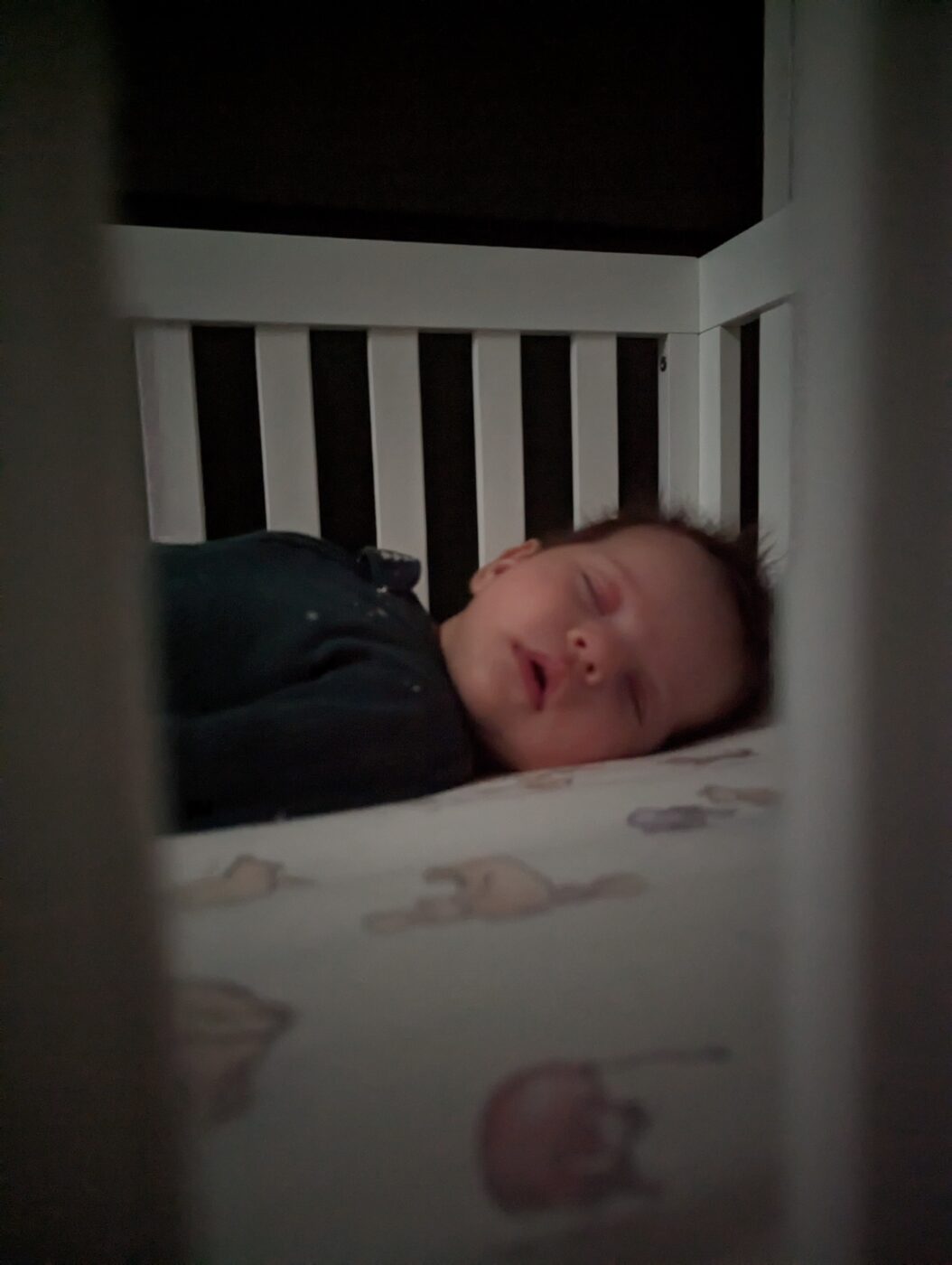Going Out to Dinner with Kids While on a Sleep Schedule
Is it Better for Kids to Sleep in the Dark?
When creating an ideal sleep environment for your child, blocking out daylight should absolutely be a priority. Light inhibits the production of melatonin and tells the body it’s time to start the day. This is known as a natural circadian rhythm. Thus, it is better for kids to sleep in the dark, ensuring their sleep schedule is dictated by the clock. Not daylight. Even the smallest crack of sunlight, or indicator lights from electronics, can negatively impact our child’s sleep. If your child is waking too early in the morning or taking abbreviated naps, it could be that light is the culprit.
The goal will be to block out the light in your child’s sleep space, so you can help set their body’s circadian rhythm.
How Dark Should My Child’s Room Be?

Remember that darkness is a key factor in quality sleep for babies. So, how dark should your child’s room be? The answer is dark enough that you can’t see your hand in front of your face.
Blackout shades are the most effective way to create a dark room for your child. The ones I like best are EZ Blackout Blinds, but you can try any that are easily available to you. EZ Blackout shades are custom fitted to your child’s window, preventing any light from sneaking in around the edges. Often room darkening curtains alone leave a gap between the fabric and the window allowing light in. However, some people buy room darkening shades and pair them with blackout curtains, too.
What About When We Are on Vacation?
Unless there is a unique room setup or extremely large windows, we recommend always trying to create a situation where your child will sleep in the dark. When you’re traveling, you may be on a different time zone or schedule, which will make it more important to set up a sleep space that is conducive to rest.
One portable option that we like is Sleepout curtains. You can also cobble something together with a flattened cardboard box, or contractor grade trash bag, in front of the window and behind curtains. We’ve found that a windowless bathroom or empty closet can provide a suitable solution for a sleep space during travel, too.
Remember that by creating a dark room for your child you are providing an environment where you can help set your child’s circadian rhythm and establish a sleep schedule that best meets their sleep needs.


